- Knee Pain

Knee pain is a common condition affecting individuals of various age groups.
Know More - Anterior Knee Pain
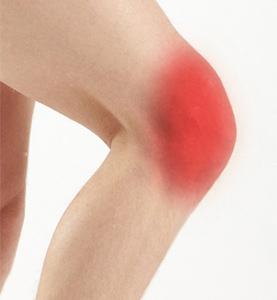
Anterior knee pain is characterized by chronic pain over the front and centre of the knee joint.
Know More - Runner’s Knee

Patellofemoral pain syndrome also called runner’s knee refers to pain under and around your kneecap.
Know More - Osgood Schlatter
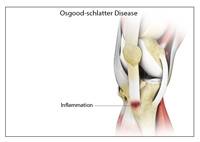
Osgood-Schlatter disease refers to a condition in older children and teenagers caused by excessive stress to the patellar tendon (located below the kneecap).
Know More - Chondromalacia Patella
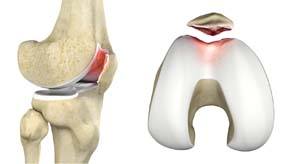
Chondromalacia patella is a common condition characterized by softening, weakening and damage of the cartilage.
Know More - Jumper's Knee
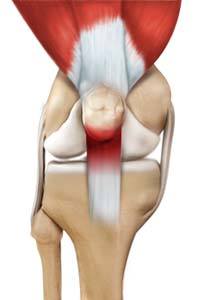
Jumper’s knee, also known as patellar tendinitis, is inflammation of the patellar tendon that connects your kneecap (patella) to your shinbone. This tendon helps in the extension of the lower leg.
Know More - Bursitis
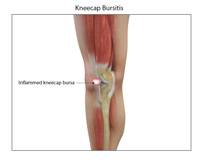
A bursa is a small fluid-filled sac found between soft tissues and bones. It lubricates and acts as a cushion to decrease friction between bones when they move.
Know More - Bakers Cyst
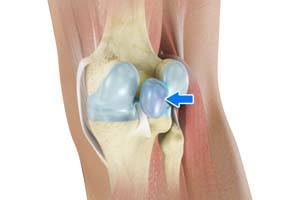
The knee consists of a fluid called synovial fluid, which reduces the friction between the bones of the knee joint while you move your leg.
Know More - Iliotibial Band Syndrome
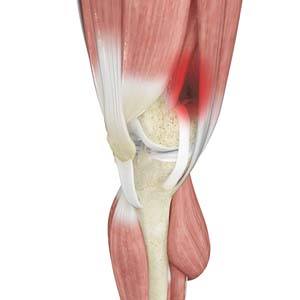
An iliotibial band is a tough group of fibers that runs from the iliac crest of the hip along the outside of the thigh, till the outer side of the shinbone, just below the knee joint. Its function is to coordinate with the thigh muscles and provide stability to the knee joint.
Know More - Lateral Patellar Compression Syndrome
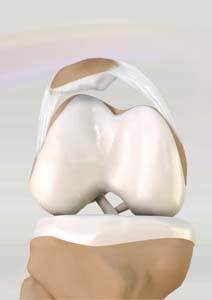
Lateral patellar compression syndrome refers to pain under and around your kneecap. It is a common complaint among runners, jumpers and other athletes such as skiers, cyclists, and soccer players.
Know More - Osteochondritis Dissecans
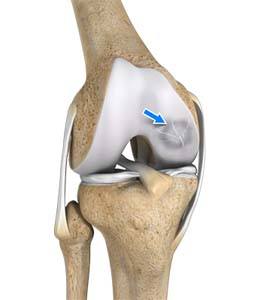
Osteochondritis dissecans is a joint condition in which a piece of cartilage, along with a thin layer of bone separates because of inadequate blood supply.
Know More - Shin Splints

Shin splints are pain and inflammation of the tendons, muscles and bone tissue along the tibia or shinbone (lower leg).
Know More - Knee Sprain

Knee sprain is a common injury that occurs from overstretching of the ligaments that support the knee joint. A knee sprain occurs when the knee ligaments are twisted or turned beyond its normal range, causing the ligaments to tear.
Know More - Anterior Cruciate Ligament (ACL) Tears
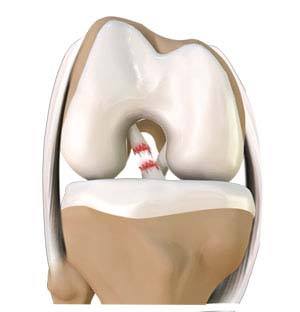
The anterior cruciate ligament (ACL) is one of the major ligaments of the knee.
Know More - Medial Collateral Ligament Tears (MCL)
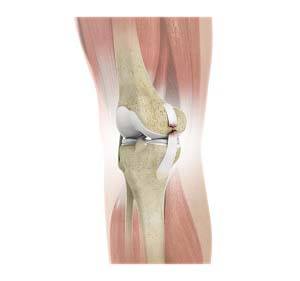
The medial collateral ligament (MCL) is the ligament located on the inner part of the knee joint. It runs from the femur (thighbone) to the top of the tibia (shinbone) and helps in stabilizing the knee.
Know More - MCL Sprains
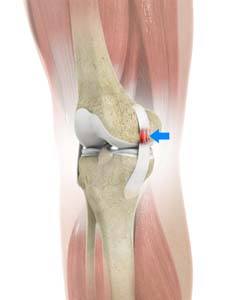
Your MCL may get sprained or injured while twisting, bending or quickly changing direction.
Know More - Meniscal Injuries

Meniscal tears are one of the most common injuries to the knee joint. It can occur at any age but are more common in athletes involved in contact sports.
Know More - Meniscal Tears

There are two wedge-shaped cartilage pieces present between the thighbone and the shinbone each called a meniscus. The menisci stabilize the knee joint and act as shock absorbers.
Know More - Ligament Injuries
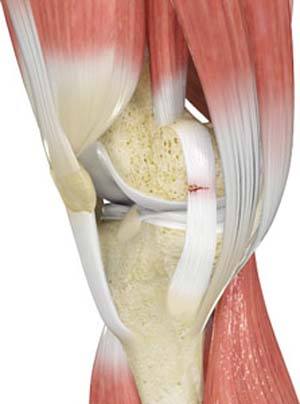
Knee problems may arise if any of these structures get injured by overuse or suddenly during sports activities.
Know More - Multi-ligament Instability
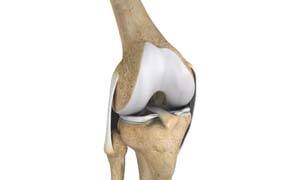
The knee is a complex joint of the body that is vital for movement.
Know More - Multi-ligament Injuries

Injury to more than one knee ligament is called a multiligament knee injury and may occur during sports or other physical activities.
Know More - Patellar Dislocation
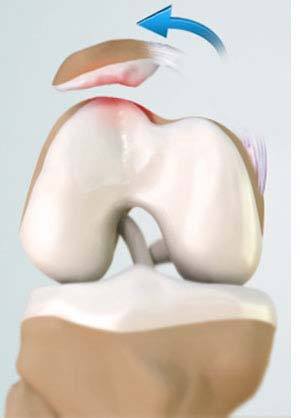
Patellar dislocation occurs when the patella moves out of the patellofemoral groove, (trochlea) onto the bony head of the femur.
Know More - Patellar Tendinitis
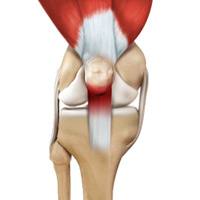
Patellar tendinitis, also known as "jumper's knee", is an inflammation of the patellar tendon that connects your kneecap (patella) to your shinbone. This tendon helps in extension of the lower leg.
Know More - Posterior Cruciate Ligament Injuries
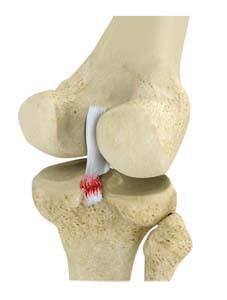
Posterior cruciate ligament (PCL), one of the four major ligaments of the knee, is situated at the back of the knee. It connects the thighbone (femur) to the shinbone (tibia). The PCL limits the backward motion of the shinbone.
Know More - Chondral (Articular Cartilage) Defects
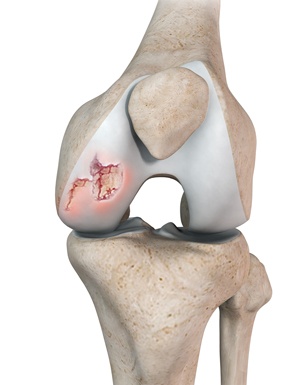
The articular or hyaline cartilage is the tissue lining the surface of the two bones in the knee joint.
Know More - Patellar Instability

Any damage to the supporting ligaments may cause the patella to slip out of the groove either partially (subluxation) or completely (dislocation). This misalignment can damage the underlying soft structures such as muscles and ligaments that hold the kneecap in place.
Know More - Patellofemoral Instability Knee
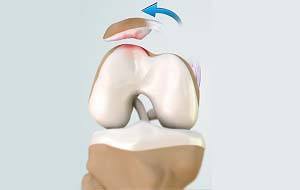
Patellofemoral instability means that the patella (kneecap) moves out of its normal pattern of alignment. This malalignment can damage the underlying soft structures such as muscles and ligaments that hold the knee in place.
Know More - Patellofemoral Dislocation
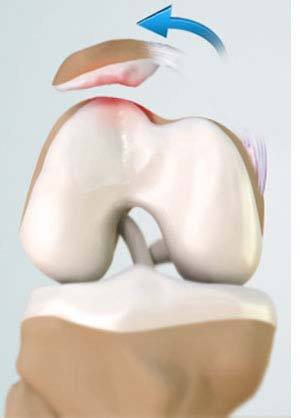
Patellar dislocation occurs when the patella moves out of the patellofemoral groove, (trochlea) onto the bony head of the femur.
Know More - Patella Fracture

The kneecap or patella forms a part of the knee joint.
Know More - Quadriceps Tendon Rupture
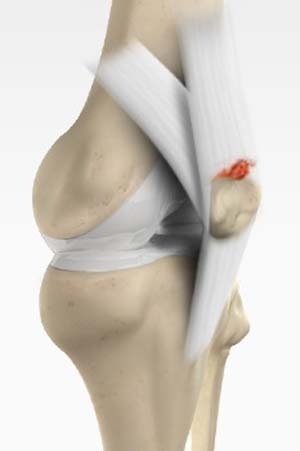
The quadriceps can rupture after a fall, direct blow to the leg and when you land on your leg awkwardly from a jump.
Know More - Patella Tendon Rupture or Tear
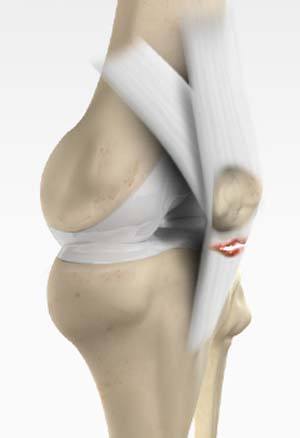
The patellar tendon works together with the quadriceps muscle and the quadriceps tendon to allow your knee to straighten out. Patella tendon rupture is the rupture of the tendon that connects the patella (kneecap) to the top portion of the tibia (shinbone).
Know More - Lateral Meniscus Syndrome
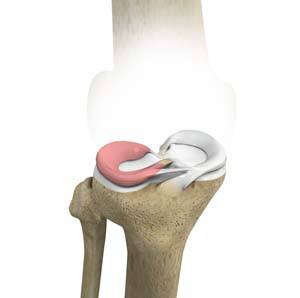
Lateral meniscus syndrome is characterized by an injury caused by the tearing of the cartilage tissue or a rare case of a congenital abnormality called a discoid meniscus, which results in knee pain.
Know More - Medial Meniscus Syndrome
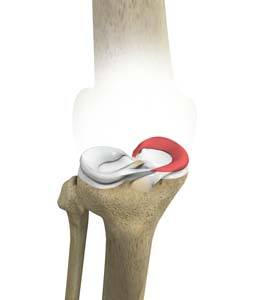
Of the menisci within the knee, it is the medial that is more easily injured.
Know More - Tibial Eminence Fractures

The tibial eminence, also called the tibial spine, is a bony protuberance of the tibia (shin bone) that attaches to the anterior cruciate ligament (ACL) of the knee joint.
Know More - Osteonecrosis of the Knee
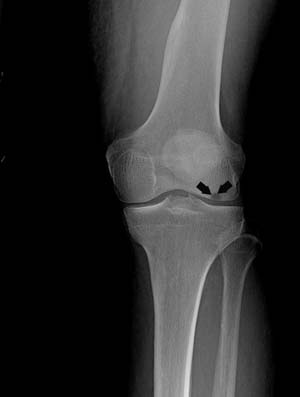
Osteonecrosis is a condition in which the death of a section of bone occurs because of lack of blood supply to it. It is one of the most common causes of knee pain in older women. Women over 60 years of age are commonly affected, three times more often than men.
Know More - Knee Angular Deformities (Knock Legs & Bow Legs)
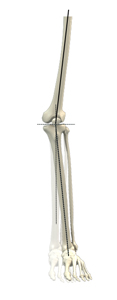
Angular deformities of the knee are variations in the normal growth pattern during early childhood and are common during childhood.
Know More
